What Is Power of Attorney (POA) in Demat Account? Explained for Investors
By CapitalKeeper | Beginner’s Guide | Indian Equities | Market Moves That Matter
What Is Power of Attorney (POA) in a Demat Account? All You Need to Know
SEO Title:
Meta Description: Learn the meaning of Power of Attorney (POA) in a Demat account, its benefits, risks, SEBI rules, and how modern pledging methods have changed POA usage.
📌 Introduction: The Silent Enabler Behind Smooth Stock Transactions
If you’ve ever opened a Demat account for stock trading, you might have been asked to sign a Power of Attorney (POA). But what exactly is it? And why does your broker need it?
In simple terms, POA in a Demat account is a legal authorization that gives your broker permission to debit or transfer your securities on your behalf. It’s a crucial, but often misunderstood part of your investing toolkit.
With new SEBI regulations and pledge systems in place, it’s more important than ever to understand how POA works, its risks, and if you still need it.
🧾 What is Power of Attorney (POA) in a Demat Account?
A Power of Attorney (POA) is a legal document that allows your stockbroker or Depository Participant (DP) to operate your Demat account on your behalf.
It is typically required to:
- Sell shares
- Pledge securities for margin
- Settle trades on your behalf
- Transfer securities to exchange clearing corporations
It does not give the broker rights over your bank account or buying power.
🛠️ Why is POA Used in Trading?
Before 2020, POA was almost mandatory to enable:
- Smooth and automatic settlement of trades (T+1 or T+2 basis)
- Faster execution during volatility
- Margin pledging and repledging
- Participating in buybacks and IPOs
Without POA, traders had to manually authorize each debit — a time-consuming process, especially for active traders.
⚖️ Types of POA in Demat
| POA Type | Description |
|---|---|
| General POA | Broad authority, including operating multiple accounts |
| Specific/ Limited POA | Restricted to certain actions (e.g., only for securities transfer in trading account) |
Most brokers ask for limited POA, specifically for trade settlements.
🔄 How POA Works in the Demat Ecosystem
- You place a sell order on your trading platform
- Broker matches it on the exchange
- With POA, the broker debits those securities from your Demat
- Securities are transferred to clearing house
- Funds are credited to your bank account after settlement
All this is automated — saving time and effort.
📉 Risks Involved in Giving POA to a Broker
While convenient, POA comes with its own risks:
| Risk | Explanation |
|---|---|
| Misuse of Authority | Rogue brokers could misuse POA to sell without consent |
| Lack of Visibility | Investors unaware of which actions were taken using POA |
| Broad Clauses | Some POA forms have overreaching clauses (e.g., third-party transfers) |
| Limited Revocation | Difficult to revoke once signed unless requested formally |
🔐 SEBI’s Intervention: New Pledge-Repledge System (2020 Onward)
To curb misuse of POA, SEBI implemented a new pledge system from August 2020, which changed how brokers access client securities.
Key Features:
- POA not mandatory for selling shares anymore
- Investors must authorize every debit/pledge using OTP or e-sign
- Shares remain in your Demat account even when pledged for margin
This system has drastically reduced the need for POA, especially with top brokers like Zerodha, Groww, Upstox now offering POA-less account opening.
🧠 Do You Still Need POA in 2025?
✅ You might still need POA if:
- You’re with a traditional full-service broker
- You want faster execution without OTPs
- You participate in IPOs, OFS, or buybacks via broker platforms
❌ You don’t need POA if:
- You use new-age brokers with e-DIS (Electronic Delivery Instruction Slip) authorization
- You’re comfortable using TPIN/OTP-based debits
- You use CDSL/NSDL’s Easiest or Speed-e platform
✍️ How to Revoke a POA
- Write a formal letter to your broker/DP
- Submit your POA revocation request with signature and proof of ID
- Get confirmation of revocation in writing
Once revoked, you’ll need to authorize all debits manually.
📌 Conclusion: Convenience vs. Control — Find Your Balance
The Power of Attorney in a Demat account was once essential for seamless trading. But with SEBI’s newer frameworks, it’s now optional for most retail investors. That said, if you value automation and trade frequently, POA might still serve you well.
Always read the POA document carefully and understand the extent of authority you’re granting. With great power comes great responsibility — even in stock trading.
📌 For daily trade setups, technical learning, and smart investing tips, stay tuned to CapitalKeeper.in
📌 For more real-time updates, trade setups, and investment insights — follow us on [Telegram] and [WhatsApp Channel] subscribe to our newsletter!

📌 Disclaimer
The content provided on CapitalKeeper.in is for informational and educational purposes only and does not constitute investment, trading, or financial advice. While we strive to present accurate and up-to-date market data and analysis, we make no warranties or representations regarding the completeness, reliability, or accuracy of the information.
Stock market investments are subject to market risks, and readers/investors are advised to conduct their own due diligence or consult a SEBI-registered financial advisor before making any investment decisions. CapitalKeeper and its authors are not liable for any loss or damage, direct or indirect, arising from the use of this information.
All views and opinions expressed are personal and do not reflect the official policy or position of any agency or organization. Past performance is not indicative of future results.By using this website, you agree to the terms of this disclaimer.
Ranjit Sahoo
Founder & Chief Editor – CapitalKeeper.in
Ranjit Sahoo is the visionary behind CapitalKeeper.in, a leading platform for real-time market insights, technical analysis, and investment strategies. With a strong focus on Nifty, Bank Nifty, sector trends, and commodities, she delivers in-depth research that helps traders and investors make informed decisions.
Passionate about financial literacy, Ranjit blends technical precision with market storytelling, ensuring even complex concepts are accessible to readers of all levels. Her work covers pre-market analysis, intraday strategies, thematic investing, and long-term portfolio trends.
When he’s not decoding charts, Ranjit enjoys exploring coastal getaways and keeping an eye on emerging business themes.
📌 Follow Ranjit on:
LinkedIn | Twitter/X | Instagram | ✉️ contact@capitalkeeper.in
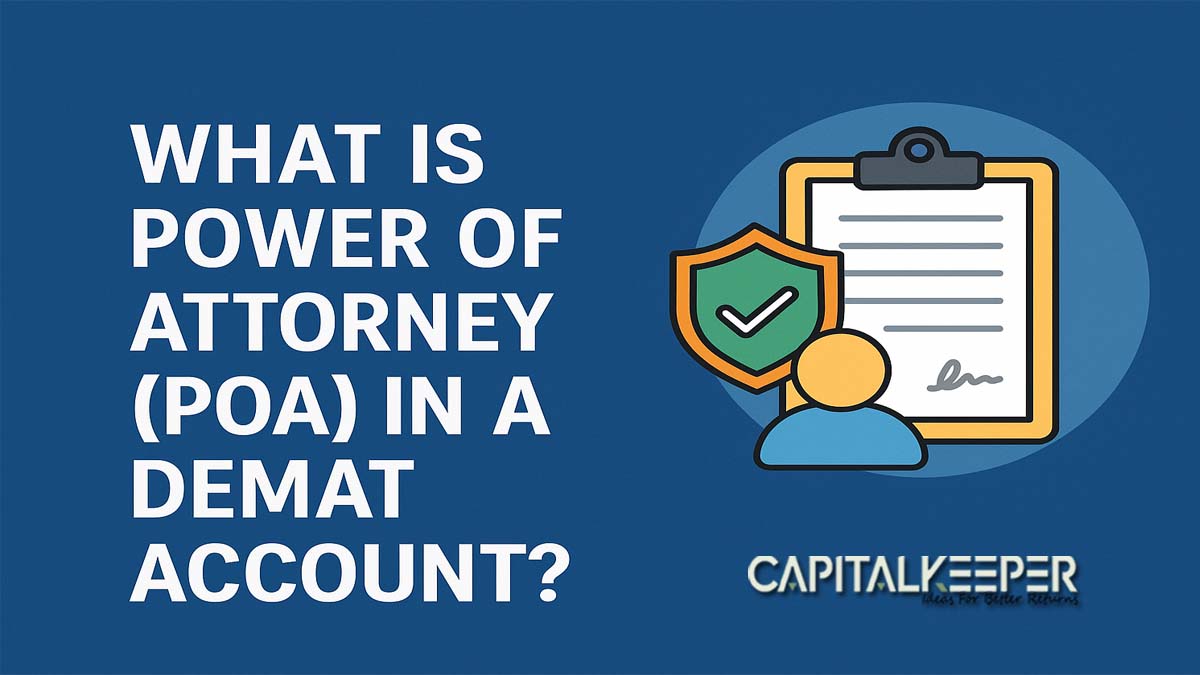





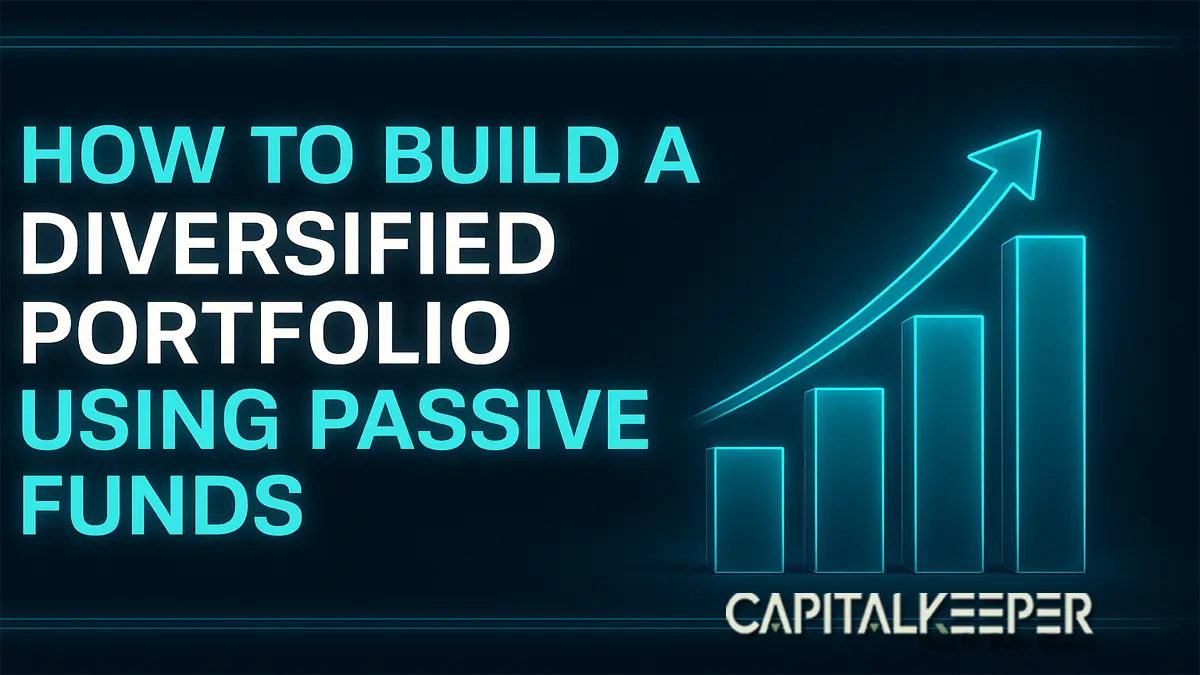
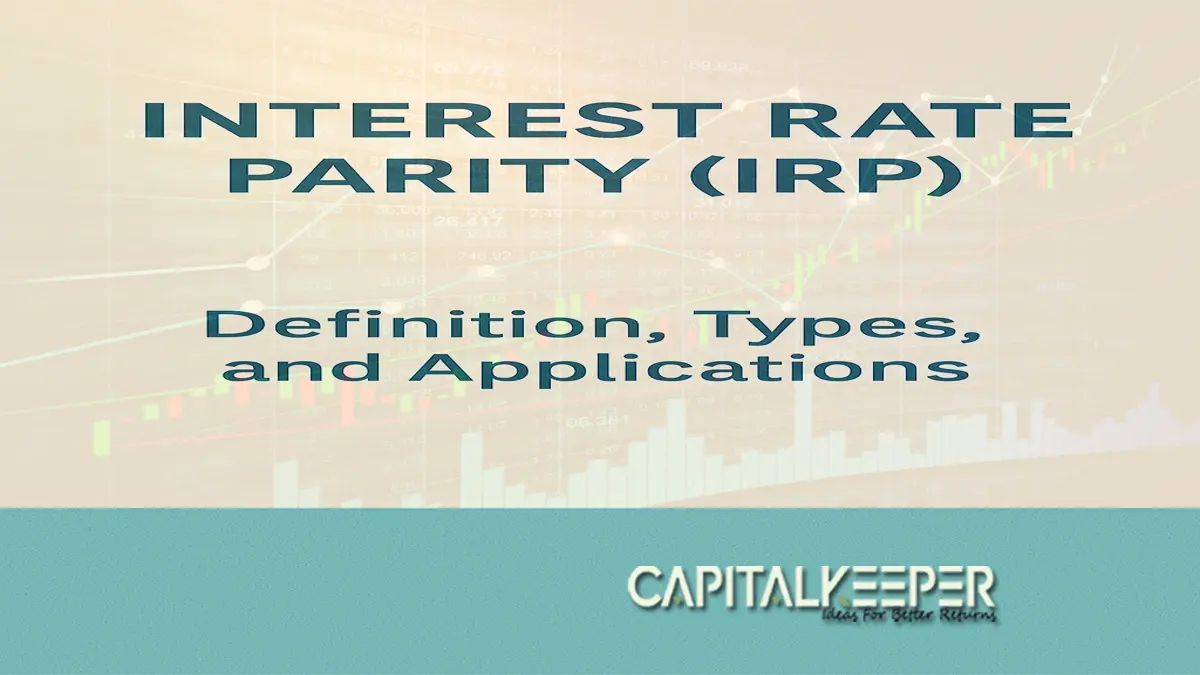
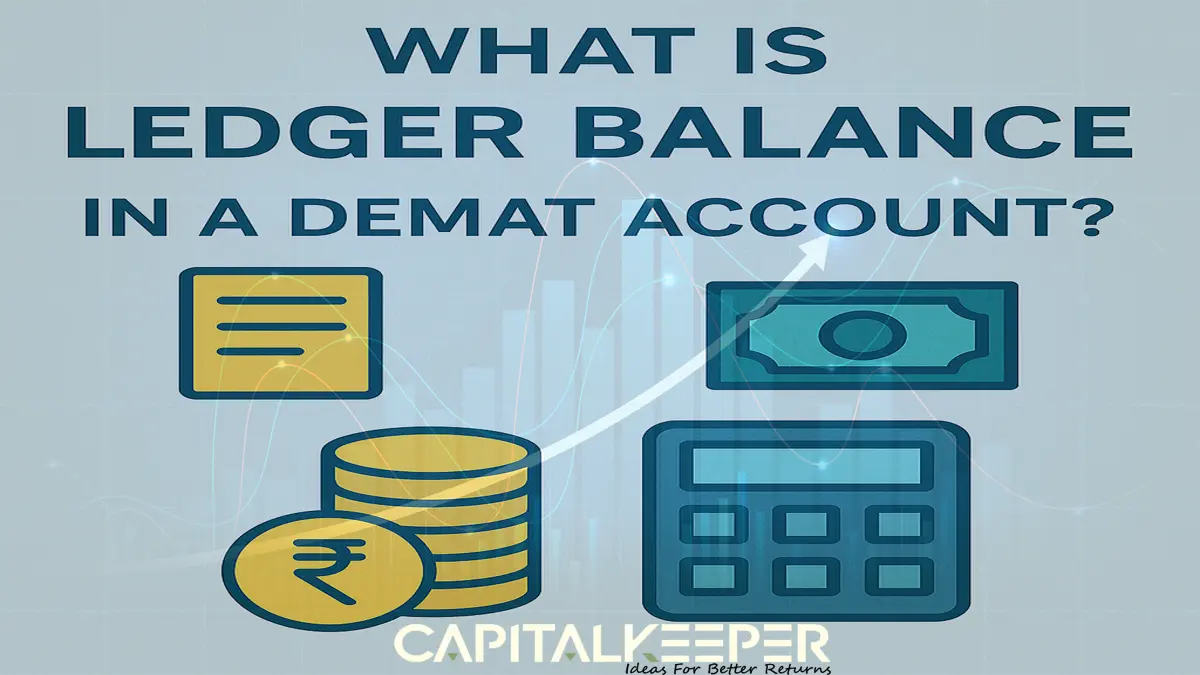



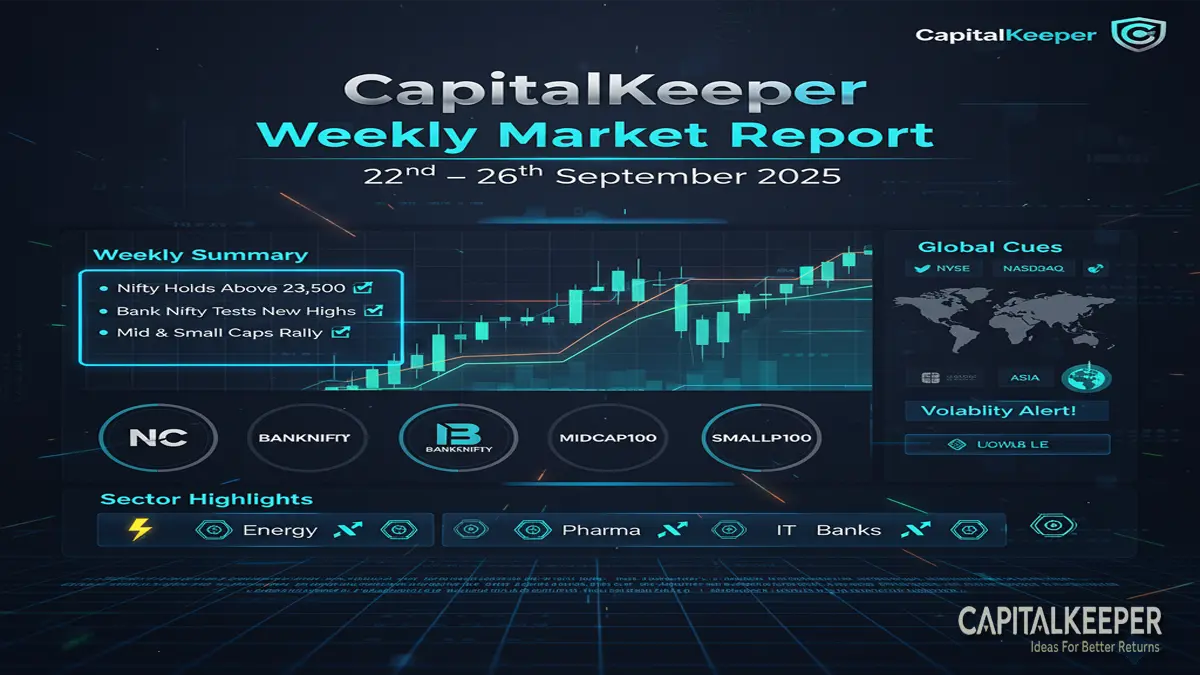

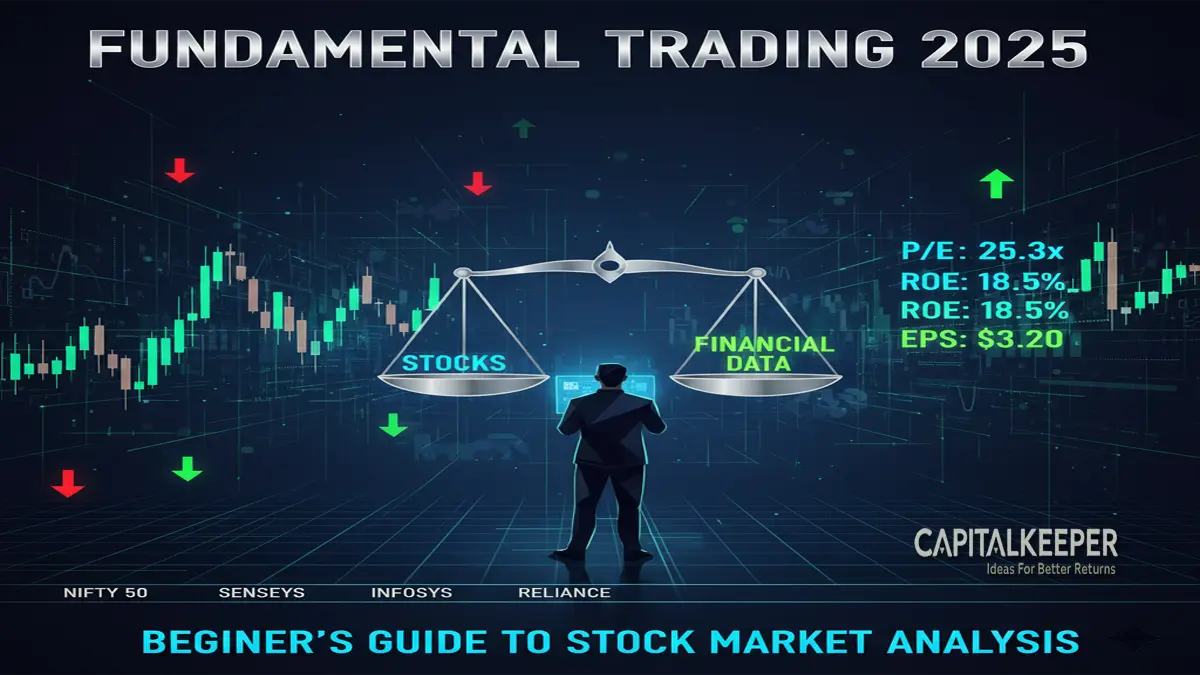

Leave a Reply